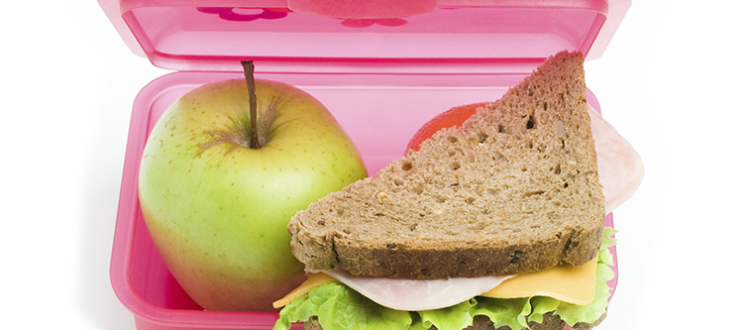
Choose
- Choose low risk foods such as hard cheeses, freshly cooked meats and poultry, fresh, well-washed fruits and vegetables, canned tuna or salmon, shelf stable snacks and sandwich spreads.
- When buying lunchboxes choose ones which are easy to clean and dry. Insulated lunchboxes are a great idea, but not if they are difficult to keep clean.
Clean
- When preparing food, always practice scrupulous handwashing.
- Lunchboxes and reusable drink bottles must be thoroughly washed and dried daily. If cracked, split or crazed, replace as bugs love hidey holes.
- Ensure cutting boards, benches and utensils are clean and dry.
- Wash all fruits and vegetables thoroughly.
- With a staff kitchen, set up a roster to ensure bench tops are clean and dish cloths, sponges, brushes and tea towels are clean and replaced regularly. Wash dirty dishes in hot soapy water or put in the dishwasher.
Cook
- Make sure lunch foods are cooked properly in the first place.
- When reheating, make sure they are steaming hot all the way through – stir or turn food as appropriate.
Chill
- Lunches can safely be prepared a little ahead of time provided they are kept in the fridge or frozen.
- When leaving home, pack a frozen juice box, water bottle or commercial ice pack with the lunch. Place perishable foods such as cheeses and sandwiches between the frozen items.
- Lunchboxes kept inside the school bag will keep cooler longer especially if the bag is away from heat sources such as direct sunlight.
- Divide cooked leftovers into small lunch-sized portions so they refrigerate or freeze quickly.
- Put food in the fridge as soon as you get to work or, if working on construction sites, outdoors or other environments with limited access to refrigerators, pack food in insulated containers with frozen drinks or freezer bricks and place the container in a cool place between meal breaks.
- Staff fridges should be uncrowded and running at or below 5°C. Provide labels and a pen so people can label and date any food they put in the fridge.
Separate
- Make sure lunchbox foods have been well separated from other foods in the refrigerator, particularly meats, chicken and fish, the juices of which will contaminate foods which won’t be cooked before adding to the lunchbox, such as fruits.
General advice
- If in doubt throw it out!
- Warn children against sharing drink bottles. Sharing lunches is also not a good idea as it is difficult to know what allergies other children may have, or whether the foods have been prepared using the basic food safety tips.
- If you or your child has food poisoning don’t go to work or school, and avoid handling food for others for 48 hours after symptoms such as vomiting and diarrhoea stop. If food poisoning symptoms persist, visit a doctor.
See also NSW Food Authority Lunch Box study
